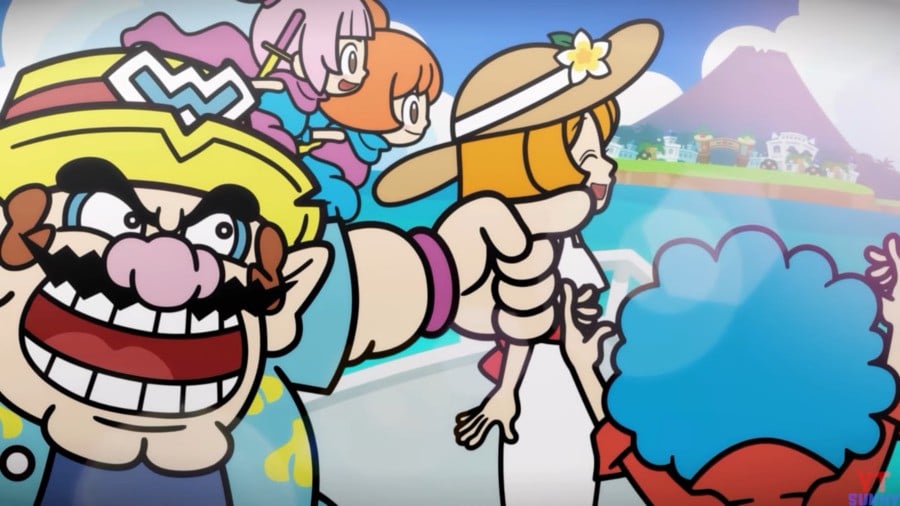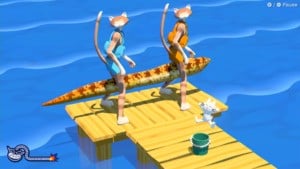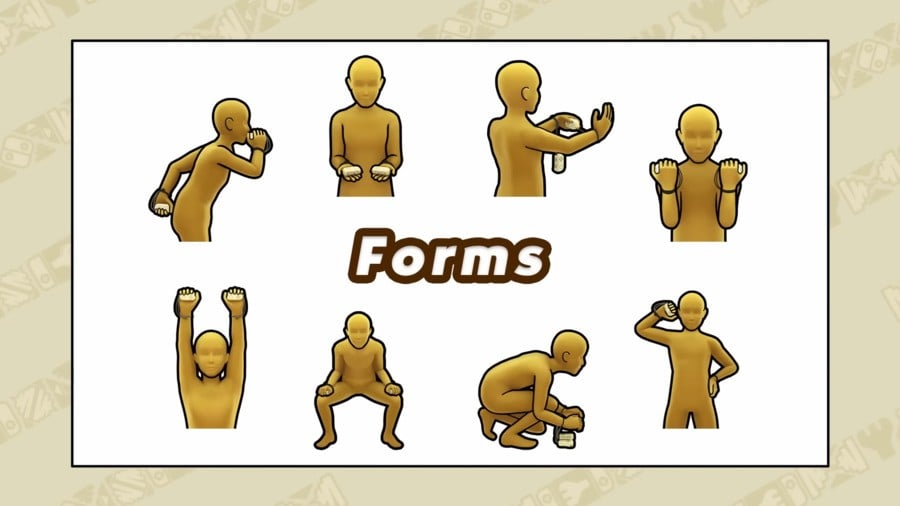
While the Super Mario series can get quite weird with its lore, world design, and general concepts, nothing comes close to the sheer absurdity of the WarioWare franchise. How many games out there let you pick someone's nose, perform dental work, and have a back-scratching competition with Mario? While on paper these activities may sound like the last things you'd want to spend your coveted game time on, they're executed masterfully and delightful to play.
For decades, we've been puzzled as to how the folks over at Intelligent Systems and Nintendo come up with the microgames that make up the WarioWare series. Where do these ideas come from? How many are left on the drawing board? Where does one even begin to develop so many different micro projects? To get some answers, we recently had the chance to chat with Goro Abe, who was not only the Chief Director on the latest game WarioWare: Move It!, but has been with the series almost exclusively as a programmer, designer, and director since the very beginning.
Nintendo Life: WarioWare microgames are always so wild, wacky, and vastly different from the next. How does the team begin creating and conceptualizing these microgames?
Goro Abe: We start by collecting ideas for microgames from employees across the company, all hailing from different roles and responsibilities. We had decided on the types of Forms (to a certain extent) at the beginning [of WarioWare: Move It!], but that was the only restriction we applied. Otherwise, we let people's imaginations run wild. I pick the best ideas, allowing for a variety of themes and play styles. WarioWare: Move It! has 223 types of microgames including the boss games, but at the initial idea stage, we collected over 1,000 ideas.

Can you walk us through the process of a microgame from start to finish? We imagine the playtesting phase alone must be quite interesting!
GA: Once we have the rough ideas for the games, the planner and director solidify the specifics. After that, an artist and programmer will be assigned to each microgame, and that pair create the gameplay. In general, we let the artist decide on the aesthetics of their game. Once the game is complete, we monitor people as they play it for the first time. If the rules are confusing, or if their input couldn't be detected from how the game was played, we think about how those issues could be resolved and make adjustments, then repeat the improvement process.
In total, a team of around 80 people is involved in microgame production, with a different combination of team members working on each microgame. That's how we end up with such a rich variety of microgames.
To you and the team, what are the core principles of a WarioWare microgame?
GA: First of all, microgame controls and rules must be intuitive, where any player can instantly grasp how they work. For example, the balance we aim for is for players to be able to beat a game on the second or third try, even if they didn't get it at first. We also strive to make the themes behind each microgame unique and relatable to as wide a range of ages and backgrounds possible.
In WarioWare: Smooth Moves on the Wii and now in WarioWare: Move It!, we also placed great importance on making sure the motion controls feel intuitive to the actual movements and that they look fun to the audience.

With the latest entry in the series being a sort of spiritual successor to Smooth Moves on the Wii, are there any microgames that were left on the drawing board back then, but were now made possible with Switch hardware?
GA: For each game in the series, we think of all new ideas for microgames, so there aren't any ideas that came over from Smooth Moves. However, thinking back on it, the Wii Remote (the controller used for Smooth Moves) only had an accelerometer, but the Switch Joy-Con has a gyroscope built in, which lets us detect more subtle movements. You could say that the additional sensor has allowed us to create even more creative microgames, like ones where we detect the player's leg and butt movements in the Squat Form.
Also, Smooth Moves was designed to only use a single Wii Remote, whereas in Move It!, we made it so that a pair of Joy-Con controllers can be used, which helped us discover a new way to play: two-player cooperative microgames.